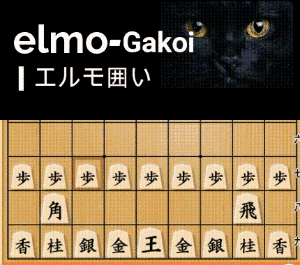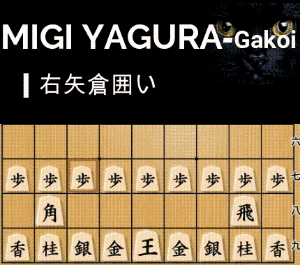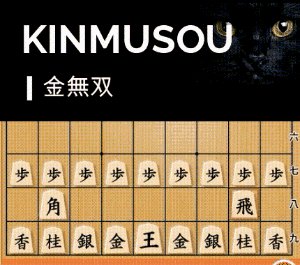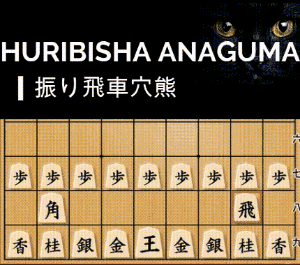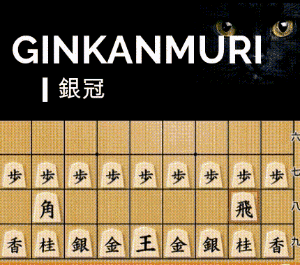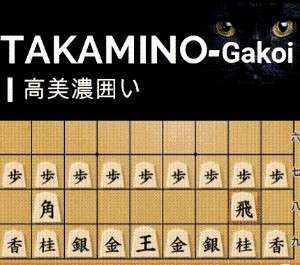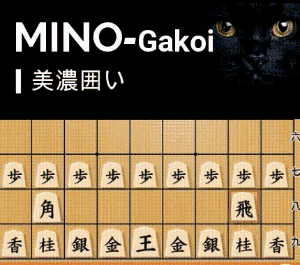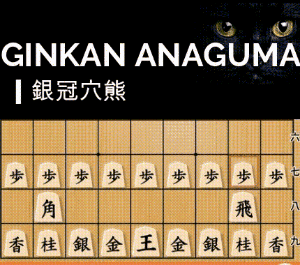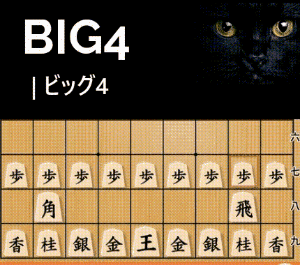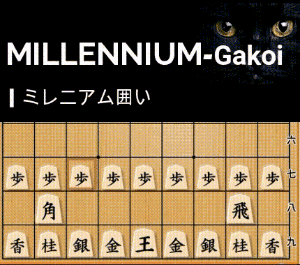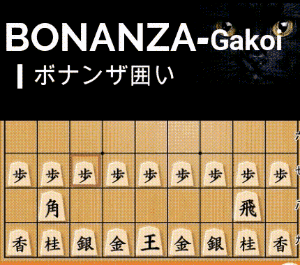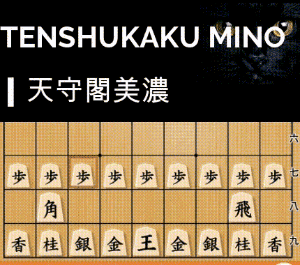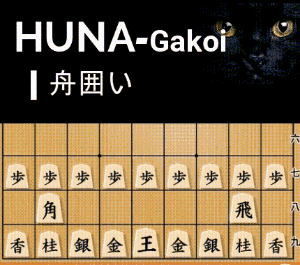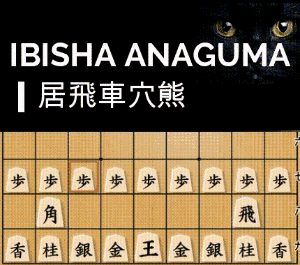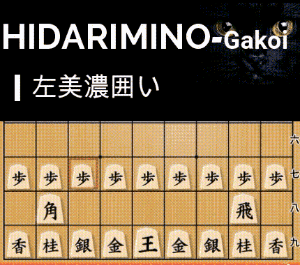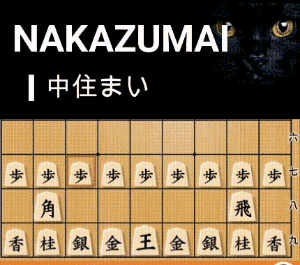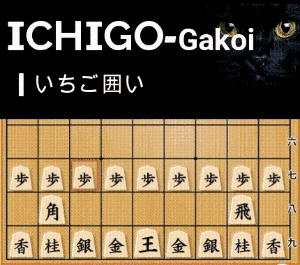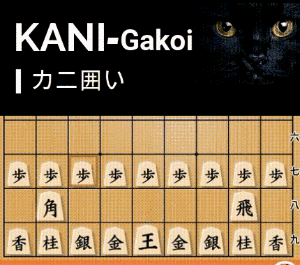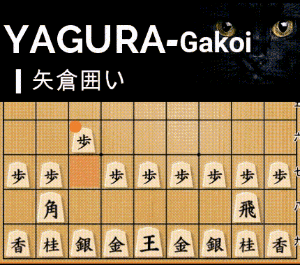Ponpon Knight: A Rapid Attack Strategy Against 4 File Rook
Ponpon Knight (Ponpon Kei) is a rapid attack strategy in shogi, specifically effective against the Fourth File Rook opening. This classical tactic, also known as “Tomizawa Kick,” was favored by Mikio Tomizawa, who popularized it during his career. Discover how to set up and execute this powerful approach.
Setting Up the Ponpon Knight
The Ponpon Knight strategy is a rapid attack technique used when you are playing Static Rook, and your opponent is employing the Fourth File Rook. Here’s how to recognize and prepare for it:
- Step 1: Identifying a Fourth File Rook Opponent
One of the early signs your opponent is opting for a Ranging Rook strategy is when they close their bishop’s diagonal. This move often indicates their intention to play a Ranging Rook opening. To confirm, proceed with standard development, such as advancing your silver, which works regardless of your opponent’s opening.
If the opponent moves their rook to the fourth file, the Fourth File Rook setup is confirmed, and you can start preparing your response.
- Step 2: Build a Boat Castle
Once you’ve identified the opponent’s Fourth File Rook, begin constructing a Boat Castle (Funagakoi). This versatile defensive structure is a staple against Ranging Rook strategies. It offers excellent flexibility, allowing transitions into Left Mino or Anaguma (Bear-in-the-Hole) castles if needed.
- Step 3: Prepare the Pawn Push
As part of your preparation, push your central pawn to the 5th file. This opens space for flexible silver development (e.g., advancing the left silver to 5-7 or the right silver to 5-7), depending on the situation. This setup gives you options to either defend or attack efficiently.
💡 Pro Tip
- Want to learn more about the Fourth File Rook strategy your opponent is using? Check out our detailed guide on [Fourth File Rook Strategy].
- Curious about the Boat Castle defense you’re using? We’ve got a comprehensive breakdown in our [Boat Castle Guide].
Attacking with the Ponpon Knight
The Key Move: Leaping the Knight
The signature move of the Ponpon Knight is to leap the right knight to 3-7. This move initiates the offensive plan and sets the stage for a rapid attack. The strategy revolves around sacrificing this knight to create an opening.
The Attack Sequence
- Sacrificial Leap: Jump the knight to 4-5 and allow it to be captured. This opens the bishop’s diagonal and creates an opportunity to exchange bishops.
- Bishop Exchange: Exchange bishops with your opponent. Afterward, push your pawn to 2-4, breaking through on the rook’s file.
- Rook Breakthrough: If your opponent defends with a pawn drop, respond by dropping your bishop to 3-1, forcing their rook to move. This maneuver disrupts their formation and allows you to promote your rook or bishop.
By executing this sequence, you can penetrate the opponent’s camp and secure a strong attacking position.
Avoiding Common Pitfalls
👇When the Attack Fails
The Ponpon Knight strategy hinges on your opponent pushing their pawn to 6-4. If they delay or skip this move, the attack can fail. For instance, after your knight’s sacrifice, if your opponent counters with a bishop drop to 6-4, they can disrupt your attack and gain the upper hand.
👇Alternative Plan: Early Pawn Push
If the opponent avoids pushing their 6-4 pawn, switch to an Early Pawn Push strategy. Push your pawn to 4-5 instead, aiming to open the bishop’s diagonal through piece exchanges. This alternative creates opportunities to break through on the second file and keeps the pressure on your opponent.
Tips for Success with the Ponpon Knight
- Stay Flexible: The Boat Castle and central pawn setup allow you to adapt based on your opponent’s moves.
- Watch for 6-4 Pawn Push: Ensure the opponent pushes their 6-4 pawn before committing to the knight sacrifice.
- Use Tactical Bishop Drops: Exploit the opponent’s weaknesses by strategically dropping your bishop to disrupt their defense.
The Ponpon Knight strategy is a bold and aggressive approach that rewards careful observation and precise execution. With practice, this technique can give you a significant edge against Fourth File Rook opponents.



